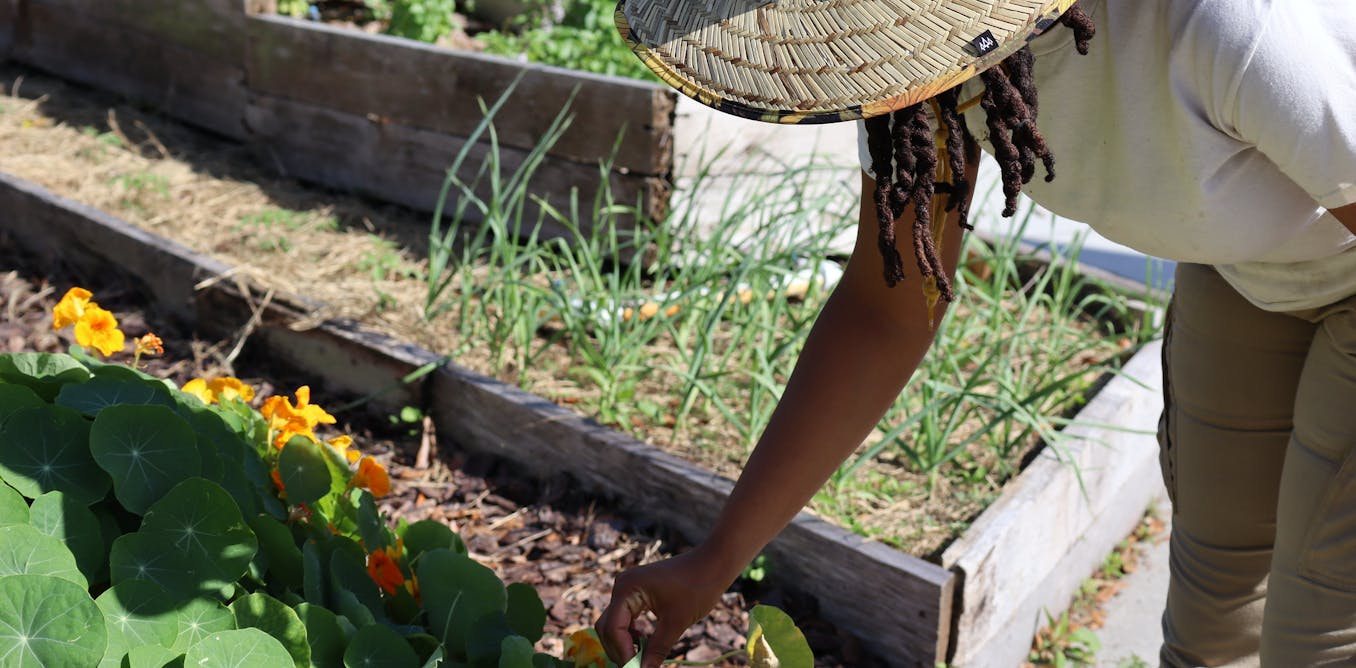Getting The City Blooming To Work
Getting The City Blooming To Work
Blog Article
How City Blooming can Save You Time, Stress, and Money.
Table of ContentsHow City Blooming can Save You Time, Stress, and Money.An Unbiased View of City BloomingThe 10-Second Trick For City BloomingExamine This Report about City BloomingCity Blooming Things To Know Before You Buy
Fascinated in expanding food for sale in the City of Chicago? Thinking of starting a neighborhood yard? Modifications to the Chicago Zoning Statute allow farming usages like neighborhood yards and city ranches in several parts of the city. Below is a checklist of frequently asked questions relating to the regulations and regulations that farmers must take into consideration when intending a city farming project.
The zoning change does not change any kind of other codes managing composting, building permits, acquiring or renting City possessed residential property, company licenses or ecological contamination. There are existing codes that regulate these concerns and they stay completely result and might be relevant to your job. Area yards are commonly owned or managed by public entities, civic companies or community-based companies and kept by volunteers.
Urban farms grow food that is intended to be marketed, either on a nonprofit or for-profit basis. Due to their business purpose, metropolitan farms need a business certificate.
Getting My City Blooming To Work
Composting is enabled but just for plant material that is created and made use of on site. The amount of compost product can not surpass 25 cubic lawns at any provided time according to the requirements in 7-28-715 of the City's Municipal Code. Yes. Since the dirt at a lot of new yard websites needs changing, garden compost, soil, wood chips, or other materials can be acquired to create or boost the expanding space - home and garden.

If a building permit is called for then the hoophouse will be thought about an accessory building. You can figure out more regarding the structure permit needs by calling the Department of Buildings. The 25,000-square-foot dimension limit is meant to stop a solitary area garden from dominating a given block or diminishing the block's existing residential or commercial personality.
The limitation does not relate to yards situated in Public Open Room (POS) areas. Can there be more than one area yard that is 25,000 square feet on a solitary block? Yes. The dimension restriction uses to private yards, not to specific blocks. No. Fence is not called for, however, gardens that have big parking lot might be called for to set up fence or other landscape design functions.
7 Easy Facts About City Blooming Shown
B1 & B2 areas require that all industrial usage activities be performed inside your home. R districts limit commercial task. The guidelines show the purpose and intent of the Zoning Code. Is fencing required for metropolitan ranches? Yes. Fencings might be called for, along with landscaping and testing, for sure car park areas and exterior work or storage locations depending on location and the certain task occurring.
Yes. Urban ranches need building licenses and zoning approvals before building. Other types of city evaluation may be called for depending upon certain frameworks, activities, dimension, landscaping, licensing, public heath and stormwater monitoring problems. A lot of these needs are determined in the project style or allowing process, however, the applicant might be accountable to independently determine specific licenses or allows that may be required.
The Division of Service Matters and Consumer Defense can assist establish the certain kind of business permit that's required. Off road auto parking is required for a lot of business projects in Chicago. The required number of car parking rooms is based on the number of workers working on site and not the square footage of the expanding room.
What Does City Blooming Do?

Yes. An urban farm can market garden compost material generated on website, nevertheless, the procedure has to follow the laws in 7-28-715 of the Chicago Municipal Code. Yes. Aquaponic systems are permitted indoors on city farms in several zoning areas. A zoning evaluation and building authorization is called for in order to mount structures or systems and a service certificate is required as explained above.
Up to five hives or nests of honey might be maintained as an accessory use. Beekeepers need to register with the Illinois Department of Agriculture. For more details about the suggested zoning modification you might contact the Department of Real Estate and Economic Advancement, Bureau of Planning and Zoning at 312.744.8563.
Farming in cities and city locations A city ranch in Chicago. Urban farming describes different practices of cultivating. https://cityblooming3.wordpress.com/2024/06/27/city-gardening-cultivating-green-spaces-in-urban-jungles/, handling, and distributing food in urban locations. The term likewise relates to the area tasks of pet husbandry, tank farming, beekeeping, and gardening in a metropolitan context. Urban agriculture is identified from peri-urban farming, which takes place in rural areas beside residential areas.
Top Guidelines Of City Blooming
It can involve a movement of sustainability natural cultivators, "foodies" and "locavores", that seek to form social media networks based on a common ethos of nature and neighborhood holism. These networks can establish using official institutional support, coming to be integrated into regional town as a "shift town" activity for lasting city advancement.
Some of the initial evidence of urban farming comes from Mesopotamia.
Report this page